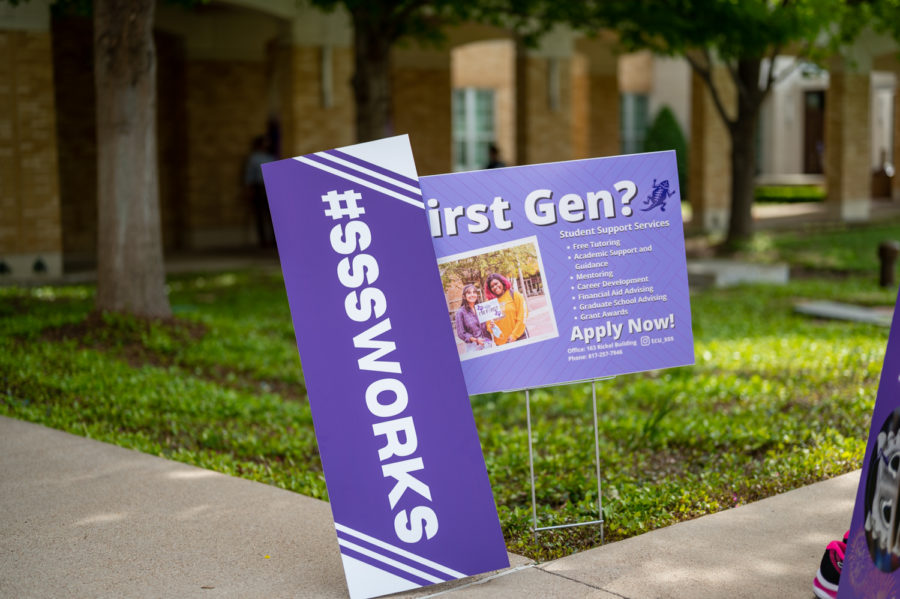Organization works to raise awareness of global poverty
Published Mar 29, 2012
Four activists travelled more than 1,500 miles to deliver a speech to about 20 university students.
The New York-based Global Poverty Project sponsored the nation-wide “1.4 Billion Reasons” tour that brought the team of four to the Brown-Lupton University Union Auditorium on Thursday, March 15.
“1.4 Billion Reasons,” a video-filled slide show, suggested ways anyone could help to end global poverty, Megan Watkins, the group’s presenter, said.
According to Globalpovertyproject.com, 1.4 billion represents the number of people living on less than $1.50 a day.
The Global Poverty Project plans to eradicate poverty by 2015, Watkins said. To realize its goal, the organization would have to meet each of the 8 Millennium Development Goals as defined by the United Nations in 2000, she said.
“We don’t actually do any of the frontline work ourselves,” operations manager Dan Skallman said. “We just build the awareness and channel it to the people who really do the work.”
Unlike other non-profit organizations, such as Invisible Children, the Global Poverty Project generates funds for well-established non-profit organizations, Danielle Goldschneider, the team’s communications specialist, said.
In 2011, the Global Poverty Project worked with big-budget philanthropies like the Bill and Melinda Gates Foundation to eradicate polio. The organization helped raise over $118 million for the Global Polio Eradication Initiative, Goldschneider said.
But curing disease addressed only one of the project’s eight goals, Watkins said.
“Live Below the Line,” a fundraising campaign that challenged people to experience living on $1.50 a day, raised more than $2 million in 2011. The focus of this campaign was the end of world hunger. Groups and/or individuals raised funds by pledging to live under $1.50 for a week, Watkins said.
However, the problem was not a shortage of funds, John Harvey, a TCU professor of international monetary economics, said. The problem is a shortage of political stability.
Warlords, border disputes and tribe loyalties complicated the efforts of international philanthropies in developing countries, Harvey said.
But for Nicholas Ghidina, a master’s student in the TCU college of education, the mission of the Global Poverty Project aligns with his personal commitment to better the world.
Although people criticize international charities, Ghidina said that he had seen these organizations save lives.
Money management is the target for almost all criticism of non-profits, Ghidina said.
But all of the funds the Global Poverty Project raised with programs like “Live Below the Line” benefitted non-profits directly, Goldschneider said. And the cost of spreading awareness came from grants, she said.
By contrast, Invisible Children spent almost $9 million in raising awareness for their cause, according to their 2011 tax form.
“Many only see it as funding a viral marketing campaign,” Ghidina said.
But non-profits cannot accomplish much without public support, he said.
Harvey argued that political imbalance severely limits international non-profits, no matter how much money or support people give them. These political problems cannot be solved overnight, he said.
“And if some of the money is getting to these people,” Harvey said, “that’s better than nothing.”


